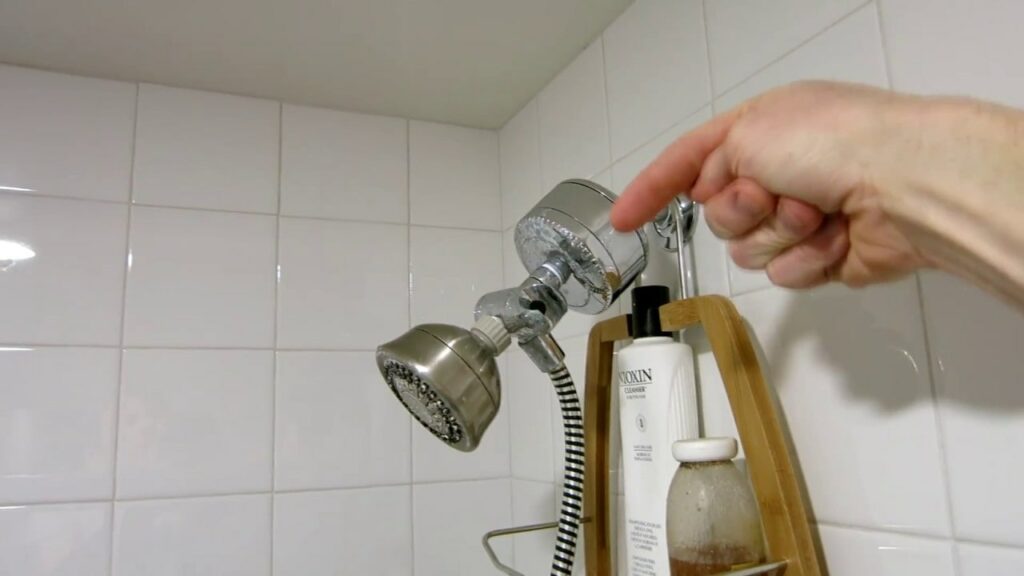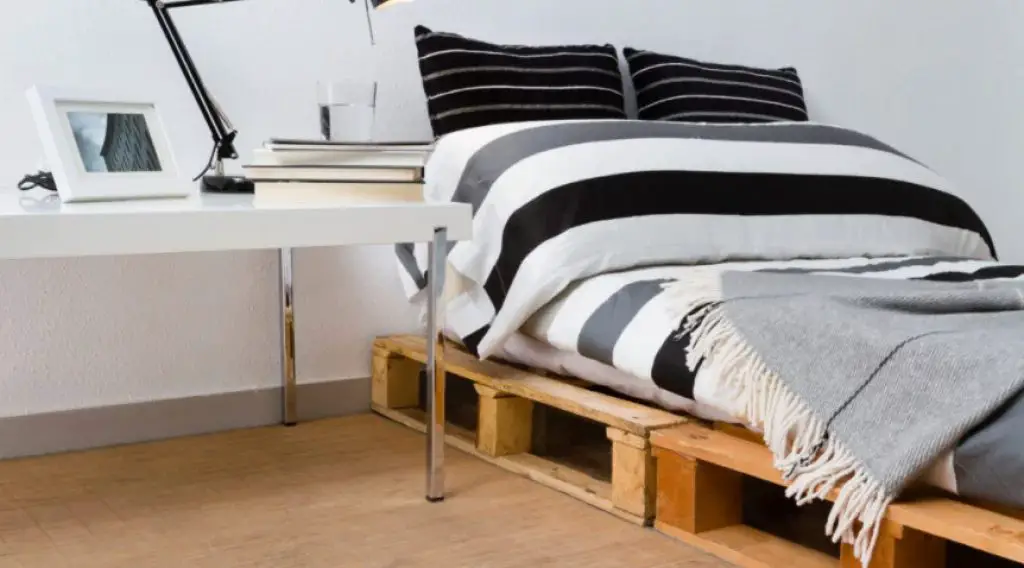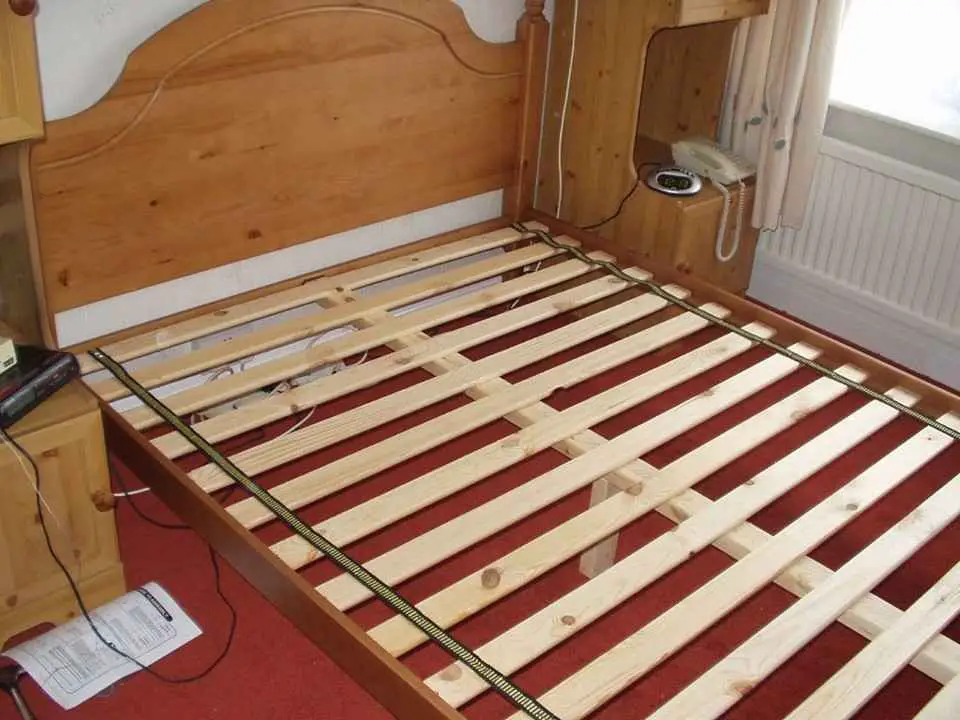Vanity and wall are important components of any project, you can remodel or simply fill the gap in a bathroom.
Finding the ideal fixture takes a lot of time and effort.
Unfortunately, most of them find that after their new vanity is installed, there is a large gap between it and the bathroom wall.
While it may be unsettling to watch, the best course of action is not to always change your fixtures, hence we’ll look at some of the methods you can use to tackle today’s most annoying gaps.
Let’s first find out the causes, ways to avoid, and the consequences of gaps between bathroom vanities and walls.
Why is there a Gap Between the Wall and the Vanity?
People tend to think that a poorly shaped vanity is the only cause of the gap, however shifting, damage, and even poor installation can cause or damage them.
Moving:
Every household has some level of moving and settling.
This eventually creates a gap between your bathroom vanity and the next wall.
If that applies to your bathroom, most solutions won’t last forever and will call for frequent fixture adjustments.
Installation:
Improper installation of your vanities can encourage the development of gaps.
For example, failure to use screws to secure fixtures to the wall frequently results in gaps. Construction adhesives or screws in the drywall can eventually cause the vanity to come loose.
Damage:
Water and moisture can occasionally seep under or past your vanity, slowly destroying the wood.
When this happens, the fixture or its supporting mechanism frequently malfunctions, creating a gap or widening an already existing one.
The problem is that you may need to replace the entire vanity, significantly if decay has affected its structural stability.

Does it need to be fixed?
Whether or not bathroom vanities should be mounted on the wall is a matter of debate.
While some individuals don’t mind a small gap, others will go to great lengths to fill it.
However, there are a few crucial aspects to take into account before making a decision:
Appearance:
Due to this, if you are close by, your eyes will be pulled to it. Since there is a space between your wall and the vanity, this is probably pretty obvious.
As a result, your eyes will be drawn to it whenever you are nearby. As a result, a small and easy DIY project can give you some relief from your constant stress.
Moisture:
By plugging the holes, you improve the appearance of your vanity and prevent moisture from pouring in the wrong places.
Additionally, as already stated, moisture and water can cause rot and other problems to develop.
Mould:
Not least, but very important, is the issue of mould, which affects homes everywhere.
Unfortunately, bathrooms with gaps between the vanity and the wall are more prone to mould and mildew.
This is so that spores cannot enter your fixture through the existing space and stick to the wall. Then, over time, moisture and dripping water will encourage mould to form, which can eventually spread throughout your bathroom.
If the gap is shut, this issue won’t arise in the first place.
How To Fill the Gap Between Vanity and Wall?
There are many simple solutions, although gaps can lead to further problems.
Let’s look at some options and see which one is best for your bathroom, from caulking to using sealant tape.
Caulk:

Overall, caulk is a really handy product that can be useful for a lot of DIY home projects. But you can also use it to cover the small gap between your bathroom vanity and the wall.
First, thoroughly dry the area after wiping it with a damp cloth. Then, insert the bead into the opening and smooth it with your finger to fill the corner.
After that, use a moist towel to remove any leftover debris and let it dry.
It is significant to remember that there are several types of caulks. Use paintable caulk-ing, for example, if you want to add a bit of colour.
For this reason, most people prefer to use tub and tile caulking because it is completely paintable and extremely durable.
Additionally, you can use grout if there is space between your bathroom vanity and the tile wall.
Not only does it work the same as caulk, but it also has a variety of colours, eliminating the need for further painting.
Adhesive tape:
In addition to caulking, you can also use a unique item called sealant tape. This is specifically done to fill the small gap between your vanity and the wall. It is also very easy to use.
There will be no gap when you clean the area, apply the tape, and then press down until it has fully adhered.
Sealant tape is waterproof, making it a reliable caulk alternative. There is a drawback, though, in that it is not very effective over long distances.
Therefore, you should use caulking if there is a larger crack than a small one. In addition, the sealant tape must be changed frequently.
Fortunately, you can cover the gap again using the same technique, caulk, or other more durable fixes.
Vanity filler strips:

Filler strips, as their name suggests, were developed to solve the problem of gaps between vanities and walls.
They can be attached to most fixtures and effectively close the gap. Filler strips can also be used for vintage vanities, which are always unique in colour and shape as they come in a variety of shapes and sizes.
However, compared to other options, vanity filler strips require a bit more work. Quite simply, you need to use screws or adhesives to attach it directly to your vanity.
Alternatively, you can remove a section of the fixture, attach the strip, and then replace the pieces using a strong wood adhesive.
As a result, this solution may not be the greatest for vanities made of granite or other similar materials.
Backsplash:

Finally, another technique can be used to beautify a space and enhance its look and feel.
You can clean up the space and add some sparkle to your bathroom by adding a backsplash to the wall behind your vanity.
Or, you can choose a tile style that complements the architecture of your bathroom.
You’ll adore it if you want to remodel your entire bathroom or house around your new backsplash!
But whether you choose granite or subway tile for your backsplash, you can use either of these to add elegance and class to your home.
Where do the side walls fit?
The back wall and vanity seem to have the most space. However, sometimes you will find a fixture that leaves a lot of extra areas on one side of it and the bathroom wall.
These are often too large for caulking or sealant tape, so you may need to use alternative techniques to close these unsightly gaps.
Corner cabinet:

If you have a few inches of space to spare, you may want to consider using small cabinets to fill the space.
Although you can search online, ordering custom cabinets is preferable. Or, if you have the necessary skills and creativity, you can design a unique fixture to go with your vanity.
Shelving:

Don’t want to spend money on an entire cabinet? If so, it might be a good idea to install an open shelf to fill the space between your vanity and the side wall.
If you do this you will effectively add more storage space and decorate your empty area. To prevent it from looking out of place, you may still need to use a countertop that matches your vanity top or paint it.
Storage baskets:

Bathroom baskets allow you to solve two problems with a single, eye-catching object.
These can provide additional storage space and close off a medium to the large area between your vanity and the side wall.
Be sure to choose a basket that complements the design of your bathroom.
Trash cans:

Last but not least, trash cans are an easy and cheap solution for wide spaces. Why not use the trash can found in every bathroom to eliminate unattractive clutter?
But refuse to settle for a boring metal trash can. Instead, many attractive bins can be found online, some of which may fit your bathroom design perfectly.
Also read: How To Paint a Bathroom?
FAQ- How To Fill Gap Between Vanity and Wall?
Q1. Does a bathroom vanity need to be flush with the wall?
The broad response is almost always “yes”; You should stick your vanity on the wall.
There must be no space between the wall and the back of the vanity. It works to hide and protect your plumbing.
Q2. Do you remove baseboards when building a bathroom vanity?
A bathroom vanity can be written on a baseboard for installation.
The vanity can now sit flush against the wall, without having to remove or adjust the baseboard.
Scribing is the process of cutting a small piece of vanity and fitting it precisely to the wall above the baseboard.
Q3. What should be the distance between the vanity and the side wall?
There need to be 15 inches of space free on the floor between the centre of the sink or vanity and any side walls.
If the unobstructed floor area in front of the sink or vanity is at least 30 inches wide, these clearance measurements are the minimum required.
Also read: How To Decorate a Bathroom Mirror?
Conclusion:
There is often a gap between the vanity and the bathroom wall that does not imply that you shouldn’t purchase the fixtures you desire.
You always have plenty of choices to look gap-free, sleek, clean, and stylish, some solutions like vanity filler strips may require additional tools, but a little work and creativity.
You can take advantage of your brand-new vanity & wall, and fill gap and empty spaces!










